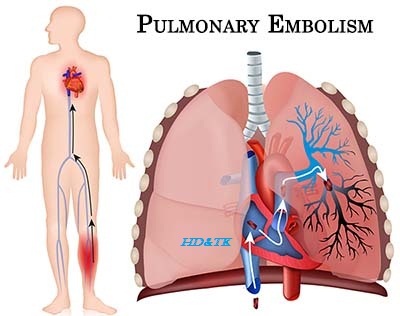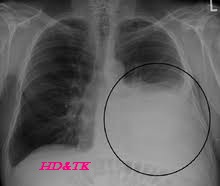Body Heat in Exercise
Almost all the energy released by the
body’s metabolism of nutrients is eventually converted into body heat. This
applies even to the energy that causes muscle contraction for the following
reasons: First, the maximal efficiency for conversion of nutrient energy into
muscle work, even under the best of conditions, is only 20 to 25 per cent; the
remainder of the nutrient energy is converted into heat during the course of
the intracellular chemical reactions. Second, almost all the energy that does
go into creating muscle work still becomes body heat because all but a small
portion of this energy is used for (1) overcoming viscous resistance to the
movement of the muscles and joints, (2) overcoming the friction of the blood
flowing through the blood vessels, and (3) other, similar effects all of which
convert the muscle contractile energy into heat.
he muscle contractile energy into heat.
Now, recognizing that the oxygen consumption by the body can increase as much
as 20-fold in the well-trained athlete and that the amount of heat liberated in
the body is almost exactly proportional to the oxygen consumption, one quickly realizes that tremendous amounts of heat are
injected into the internal body tissues when performing endurance athletic
events. Next, with a vast rate of heat flow into the body, on a very hot and
humid day so that the sweating mechanism cannot eliminate the heat, an
intolerable and even lethal condition called heatstroke can easily develop in
the athlete.
Heatstroke
During endurance athletics, even under
normal environmental conditions, the body temperature often rises from its
normal level of 98.6° to 102° or 103°F (37° to 40°C). With very hot and humid
conditions or excess clothing, the body temperature can easily rise to 106° to
108°F (41° to 42°C). At this level, the elevated temperature itself becomes
destructive to tissue cells, especially the brain cells. When this happens,
multiple symptoms begin to appear, including extreme weakness, exhaustion,
headache, dizziness, nausea, profuse sweating, confusion, staggering gait,
collapse, and unconsciousness.
This whole complex is called heatstroke,
and failure to treat it immediately can lead to death. In fact, even though the
person has stopped exercising, the temperature does not easily decrease by
itself. One of the reasons for this is that at these high temperatures, the
temperature-regulating mechanism itself often fails. A second
reason is that in heatstroke, the very high body temperature itself
approximately doubles the rates of all intracellular chemical reactions, thus
liberating still more heat.
The treatment of heatstroke is to reduce
the body temperature as rapidly as possible. The most practical way to do this
is to remove all clothing, maintain a spray of cool water on all surfaces of
the body or continually sponge the body, and blow air over the body with a fan.
Experiments have shown that this treatment can reduce the temperature either as
rapidly or almost as rapidly as any other procedure, although some physicians prefer
total immersion of the body in water containing a mush of crushed ice if
available.



Comments
Post a Comment